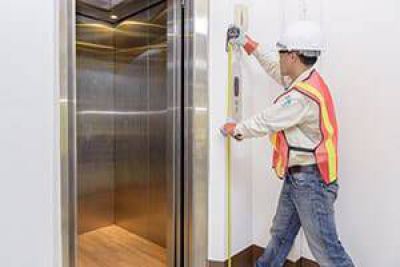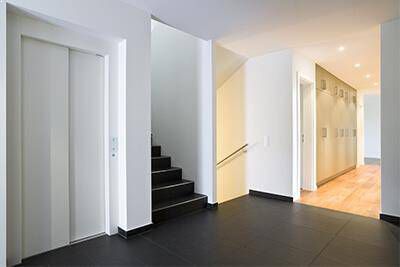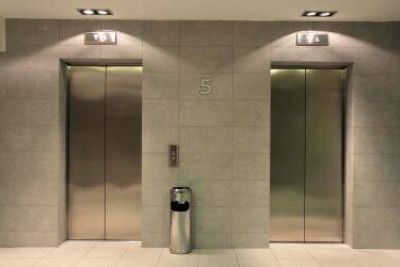Call: +3120-4637185
We are happy to help you!
Enter your postal code and recieve free quotes
The benefits of Lift Quotes
Easy comparison of recognized suppliers on price and quality
Request multiple quotes at once
Elevator suppliers must offer competitive quotations to remain competitive
Get help for free and without obligation.
What is the difference between a house lift and a passenger lift?
The European design and safety requirements for lifts determine the type of directives and standards applicable to the lift. It depends on the type of lift whether it falls under the European Lifts Directive or the Machinery Directive, this depends on the transport speed of the lift.
The speed of the lift
At a speed higher than 0.15 metres per second, it concerns a lift that falls under the Lifts Directive and a lift at a speed lower than 0.15 seconds per metre falls under the Machinery Directive. Depending on these standards, the requirements and rules for the implementation of the lift differ. These regulations are strict and also subject to considerable change.
The regulations surrounding the lift
A passenger lift falls under the Lifts Directive 98/16/EC and a house lift falls under the European Machinery Directive. In order to ensure that a lift complies with the above-mentioned directives, it can be chosen to have it comply with the harmonised product standards for passenger lifts, respectively EN 81-1 for traction lifts or EN 81-2 for hydraulic lifts, or EN 81-41 for platform lifts.
The inspection of the lift
In the Uk it is mandatory to have passenger lifts inspected by Certifying and Inspecting Institution (CKI) in order to comply with Directive 98/16/EC.
In the UK it is mandatory to have passenger lifts inspected by Certifying and Inspecting Institution (CKI) in order to comply with Directive 98/16/EC.
The CKI is a Certifying and Inspecting Authority designated by the Ministry of Social Affairs as an approved inspection body. It concerns among others the following bodies:
- Aboma
- Chex
- Liftinstitute
- TÜV
- Veritas
- Veturo
The owner is responsible for the inspection of the lift. This requirement does not apply to house lifts, but it is recommended that these lifts are also inspected by a CKI in order to prevent calamities in the future as much as possible and to limit maintenance.
The new Machinery Directive
The new Machinery Directive came into force at the end of 2009. This directive stipulates that it is possible to supply (platform) house lifts with automatic operation and chord closure. This Machinery Directive 2006/42/EC requires that the control (takeover control) is supplied on the platform and that the platform is completely enclosed, which means that this house hoist is constructed with walls, ceiling and cabin door and is completely enclosed. At higher speeds, a conventional type of lift must be chosen according to the Lifts Directive 2014/33/EU where a lift pit and shaft is mandatory. As an exception, there is a harmonised standard, the NEN-EN 81-21, whereby the lift may be supplied without a pit and raised shaft head, provided the speed does not exceed 1 metre per second. The approval of the inspection of the Ministry of Social Affairs and Employment is required for this. Deviating product standards are also possible, but these are subject to strict rules and when these lifts fall under the Lifts Directive it is only allowed to deviate if it has been approved by a European inspection body.
Home lift quotes
Liftquotes offers you the possibility to request quotations from recognized lift suppliers quickly and in one go. We are happy to help you with the search for a new home lift!
Request quotes for a home lift
Request free and without obligation several quotations for Home lifts. Would you like to know more about home lifts? Check the topics below.
What are the dimensions of a home lift?

What maintenance is required for a home lift?

Can a home lift be installed in an existing home?

